Interactions within lichen communities are diverse, including the specific symbiotic associations between the lichenized fungi (mycobionts) and photobionts but also interactions between different lichen species
Category: Posts – Photobionts
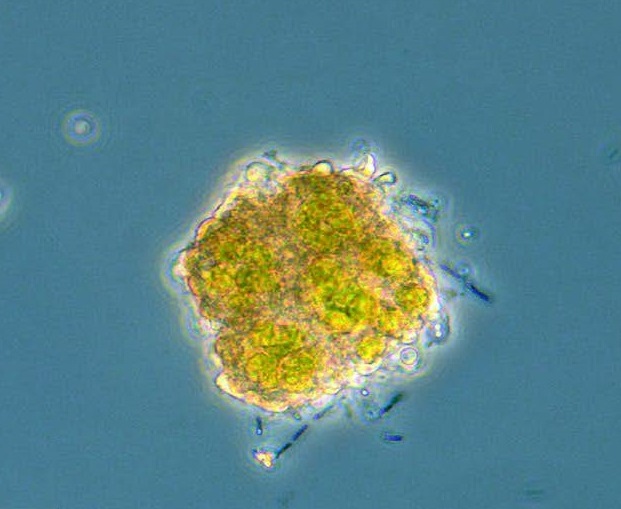
Birds are well known for being important dispersers of many plants, especially via ingested seeds. However, also many other types of organisms may travel attached
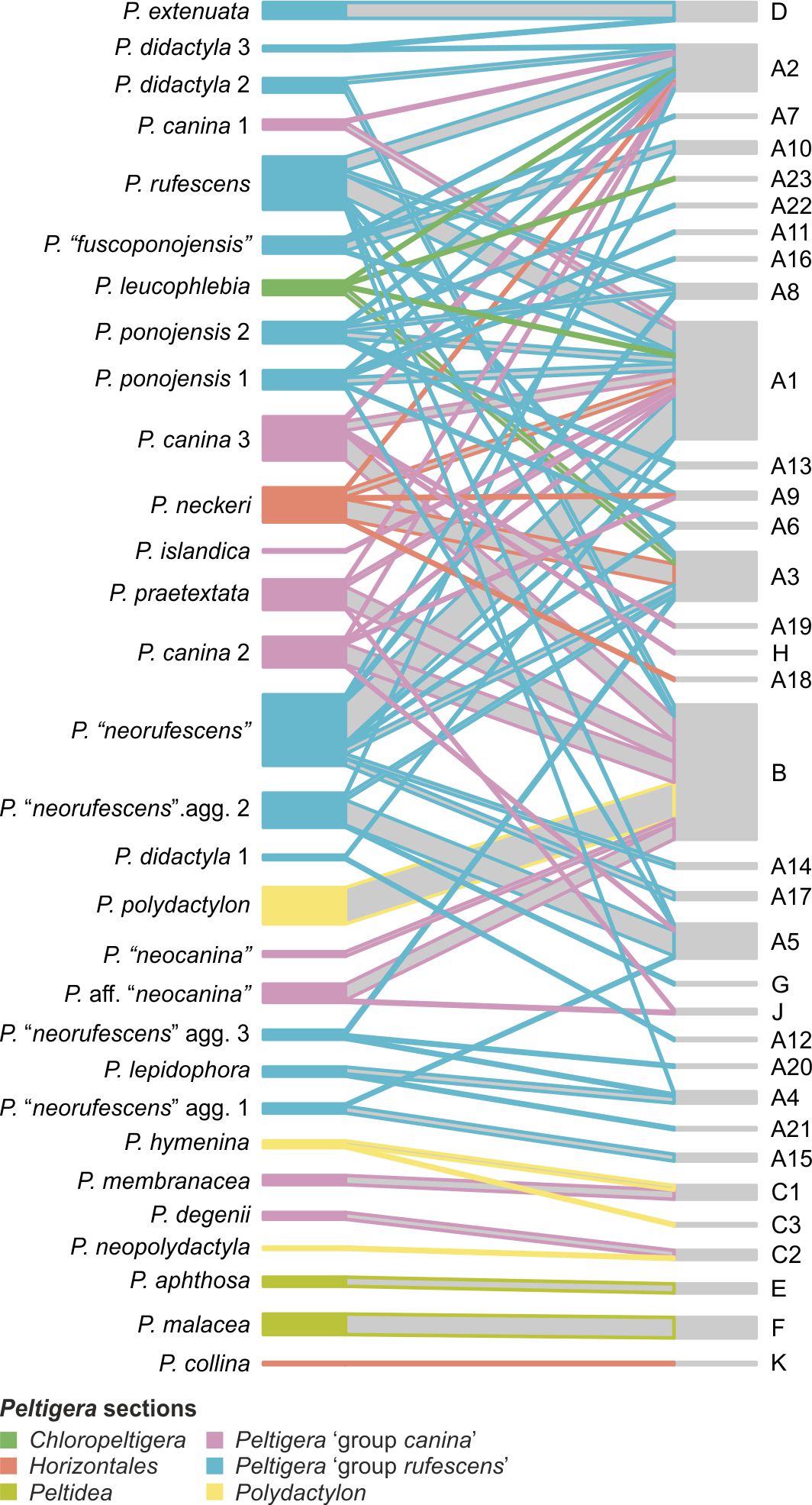
The widespread cyanolichen genus Peltigera (Peltigerales, Lecanoromycetes) comprises many insufficiently known, poorly delimited and/or undescribed species. In Estonia, phylogenetic analyses of Peltigera specimens from a
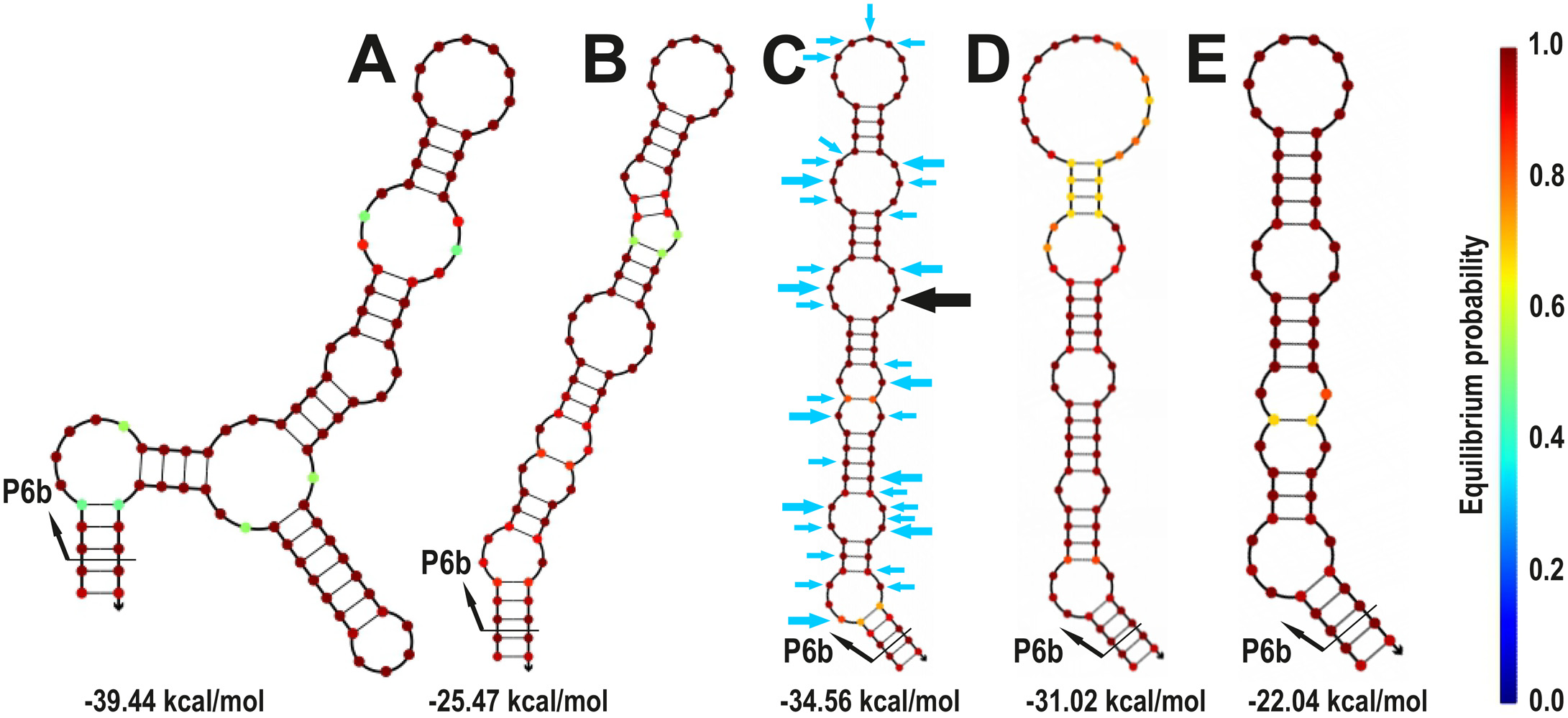
The group I intron interrupting the tRNALeu UAA gene (trnL) is present in most cyanobacterial genomes as well as in the plastids of many eukaryotic
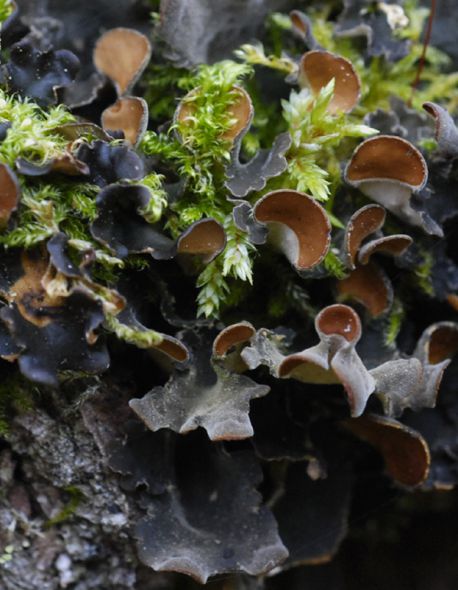
Lichen genus Nephroma (Peltigerales) has a nearly cosmopolitan distribution, and it includes both bipartite species with cyanobacteria as main photobiont as well as cephalodiate species
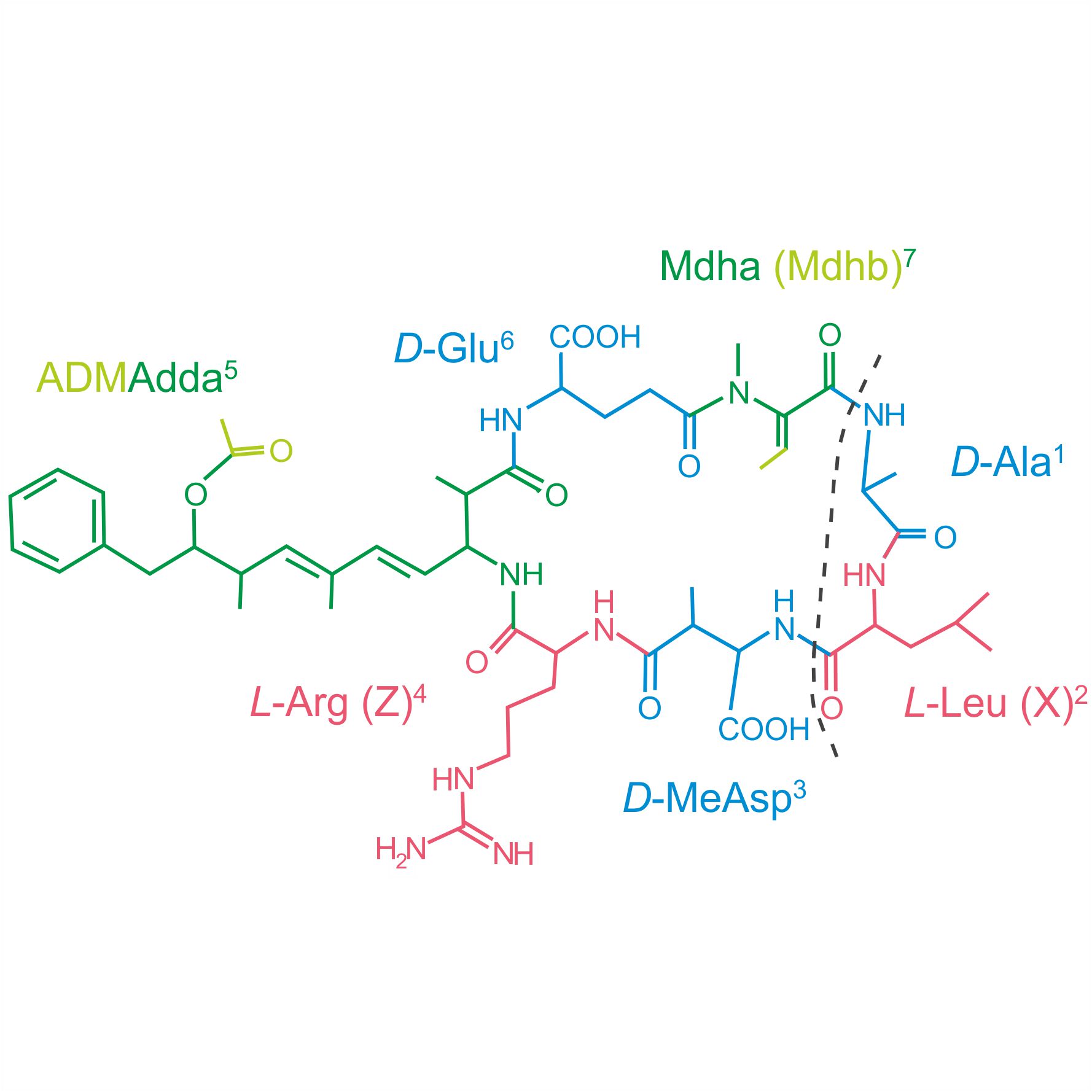
Many aquatic cyanobacteria produce small peptide toxins harmful or even deadly for animals and humans. Some of the most common and potent types of cyanobacterial
